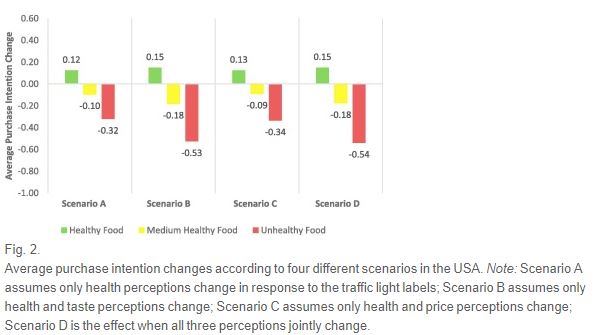That's the title of a new report put out by the Council for Agricultural Science and Technology. Nicole Widmar and I helped contribute to the section on economics.
A lot is covered in a mere 40 pages. The main section heads include:
- Roles of Science and Ethics in Evaluating, Understanding, and Improving Animal Welfare
- Economics and Markets for Animal Welfare
- Regulation of Animal Welfare
- Assessment of Welfare
- Advances in Animal Welfare and Outstanding Challenges
- Emerging Topics
- Future Neets
It’s an honor to join such a prestigious group of scientists in pulling together this multidisciplinary report.




